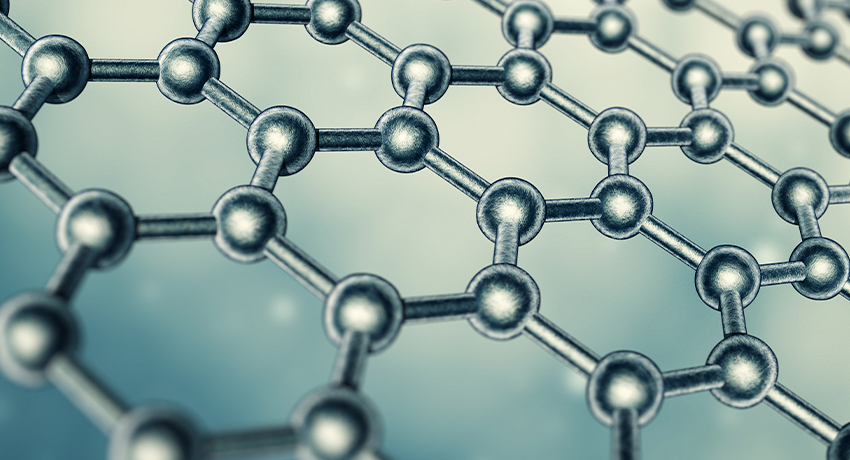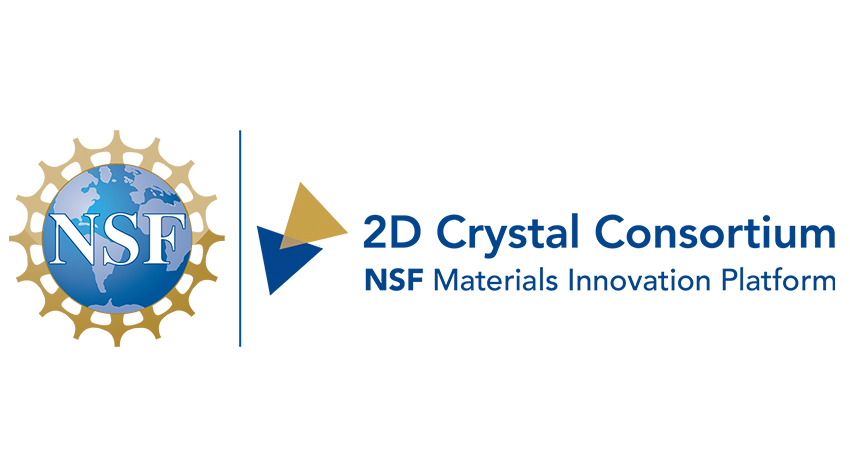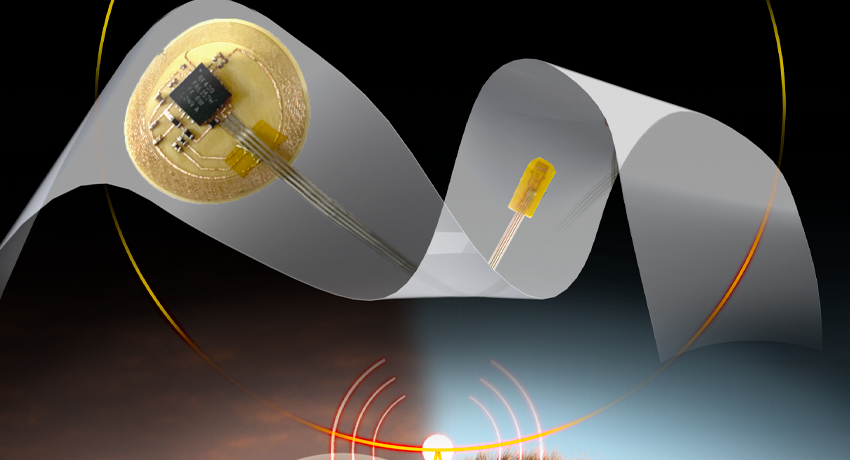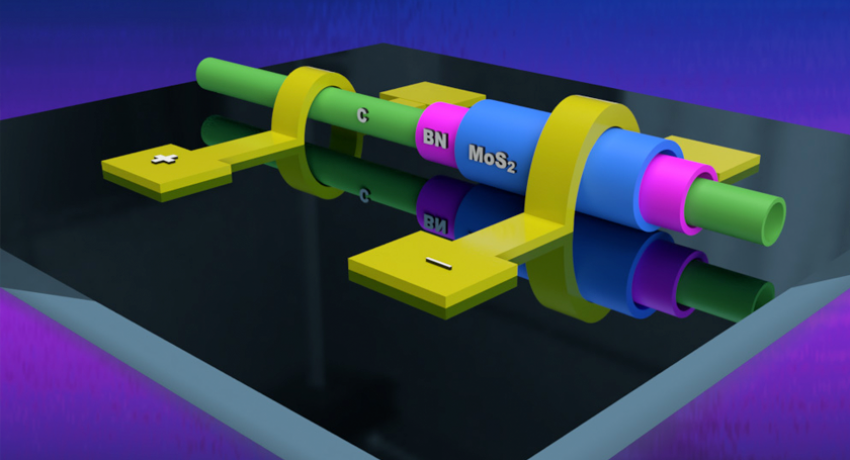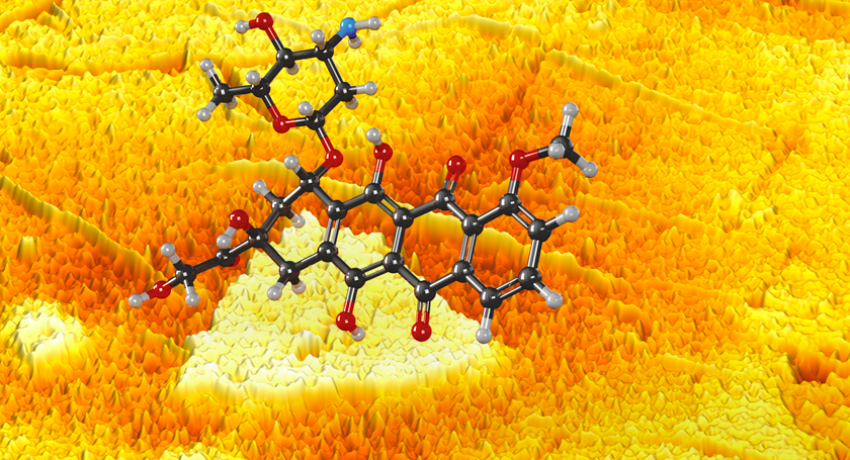Penn State has a long history of leading international and multidisciplinary research on 2D layered materials aiming at finding new phenomena and applications that could be transformed into high impact products. Explore and learn more about our strength in 2D materials research below.
The center offers a unique, vertically integrated research education to graduate and undergraduate students, with extremely valuable components including state-of-the-art infrastructure, and research environment.
The vision of the Center for Atomically Thin Multifunctional Coatings (ATOMIC) is to expand the innovation capacity of our nation’s competitive workforce through the development of novel coating technologies and functionalities enabled by two-dimensional materials.
The 2DCC-MIP is a national user facility, supported by the National Science Foundation, that is focused on the development of two dimensional (2D) chalcogenides for applications in next generation electronics beyond silicon for digital circuits and flexible electronics.
The Center supports collaborative, interdisciplinary research efforts in the area of nanoscale materials. One of the Interdisciplinary Research Groups (IRGs) in the MRSEC focuses on 2D polar metals and heterostructures by pursuing the promise of a new materials platform that stabilizes a diverse array of two-dimensional polar metals and enables their integration into ground-breaking optically and electronically active heterostructures.
A research partnership between Penn State and the Massachusetts Institute of Technology (MIT) could enable an improved method to make a new type of semiconductor that is a few atoms thin and interacts with light in an unusual way. This new semiconductor could lead to new computing and communications technologies that use lower amounts of energy than current electronics.
Monitoring vitals and diagnosing ailments can be clunky, painful and inconvenient. But researchers at Penn State, are working to improve health monitoring by creating wearable sensors that collect data for clinicians while limiting discomfort for patients.
The recent synthesis of one-dimensional van der Waals heterostructures, a type of heterostructure made by layering two-dimensional materials that are one atom thick, may lead to new, miniaturized electronics that are currently not possible.
A novel and better approach at detecting non-uniformities in the optical properties of two-dimensional (2D) materials could potentially open the door to new uses for these materials, such as the application of 2D materials for drug detection, according to a team of researchers.

